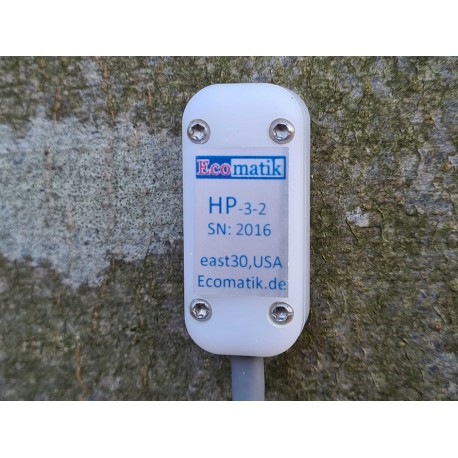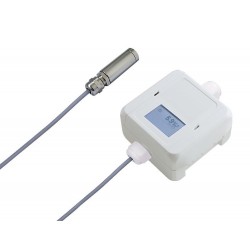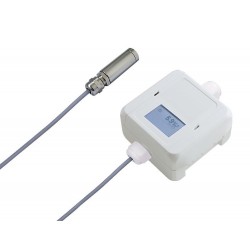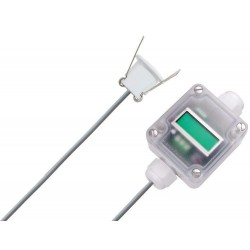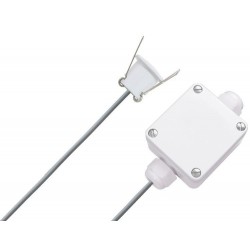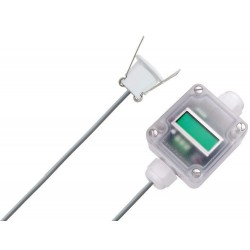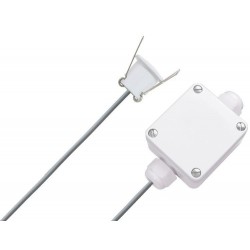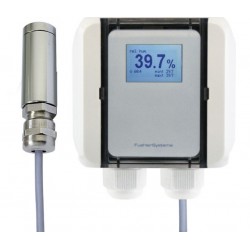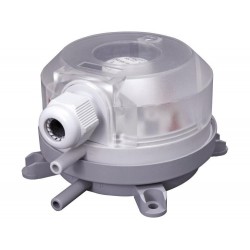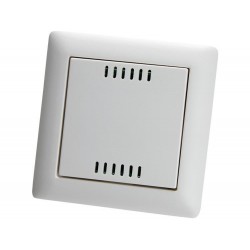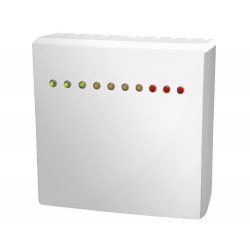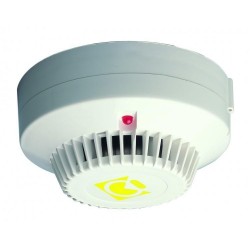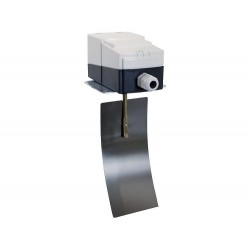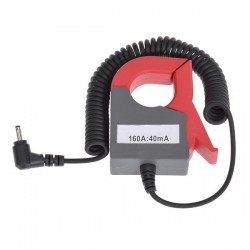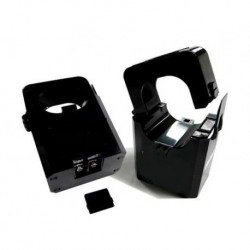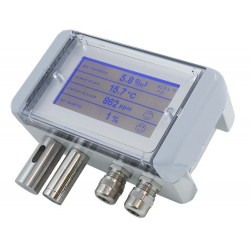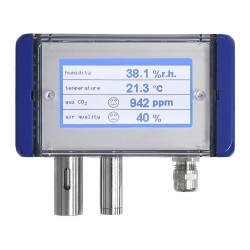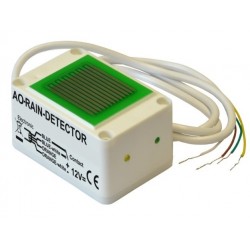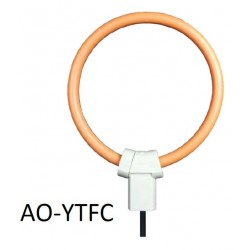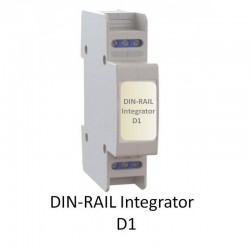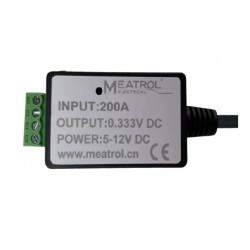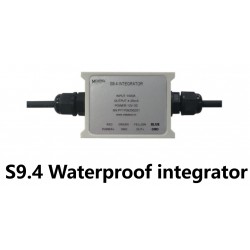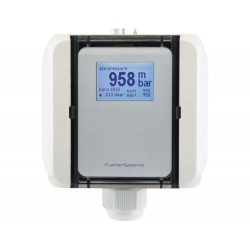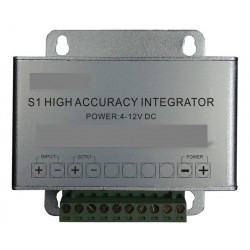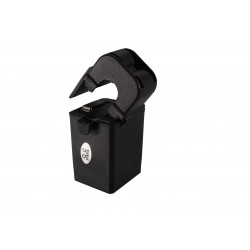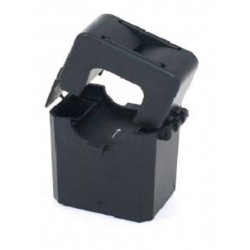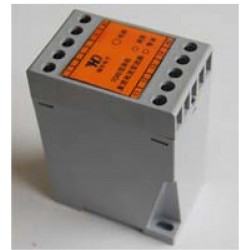No products
Prices are tax excluded
Product successfully added to your shopping cart
There are 0 items in your cart. There is 1 item in your cart.
Ecomatik SF-HP Heat-Pulse Sap Flow Sensors
SF-HP
New
◆ Heat-pulse sap flow sensors (just as with TDP sap flow sensors) also work on a temperature-based measuring principles.
◆ The difference however, is that HP sap flow sensor does not require continuous heating, but only a short heat pulse of a few seconds is applied.
◆ Depending on the measurement method used, the direction-dependent propagation as well as the temporal dynamics of the heat pulse is then registered and based on that the flow speed and flow direction of the xylem sap flow is determined.
◆ Several measuring points along the measuring needles allow the radial sap flow profile to be recorded.
- Consulta este producto
- Remove this product from my favorite's list.
- Add this product to my list of favorites.
| The Sensor measures: | Sap Flow |
| Output Signal: | 0 - 3 Vdc |
Compared to TDP methods, energy consumption of a HP sap flow sensor is drastically reduced. This allows the use of this type of sap flow sensors also in low-power battery operated applications such as in the IoT field (see IoP).
Ecomatik offers the following versions:
► SF-HP-N3D2: it has three 30 mm long sensor needles. The upper and lower measuring needles are each separated 6 mm away from the middle heating needle. Each have two measuring points at 10 mm and 20 mm from the sensor head.
► SF-HP-N3D3: has three 35 mm long sensor needles. The upper and lower measuring needles are each separated 6 mm away from the middle heating needle. Each have three measuring points at equal distances from each other and at 5 mm, 17.5 mm and 30 mm from the sensor head.
We can manufacture customized needle lengths and measuring point positions (e.g. for small plant diameters) on request.
.jpg)
Dataloggers and other accessories:
From small and compact to extensive measuring networks, Ecomatik offers various complete system solutions for sensor data acquisition in any desired size:
► Maxi-Systems (e.g. Campbell data logger station)
In addition to a suitable Datalogger, the operation of heat-pulse sap flow sensors requires a heating control element which is controlled by the logger and applies the electric current pulse for the heating needles of the connected heat-pulse sap flow sensors.
Additional tools and materials are required for installation (drill guide, special drill bit for accurate installation and d best needle fit, mini hex chuck to hold drill bit securely while drilling, reflective insulation for temperature regulation).
All required accessories, tools and material can also be obtained from Ecomatik. If you order a complete Heat-Pulse juice flow system, all the necessary components are already installed, wired and preconfigured in a logger box.
►SF-HP 30:
HC1 Power control interface for precise control of heat pulse sensor heaters. Up to 5 SF-HP sensors can be connected to each HC1 interface
►SF-HP 40:
Installation Kit for SF-HP sensors, Incl. 1x drill guide, 10x drill bit #55, 1x drill chuck for drill bit #55, 1x tube lubricant facilitating needle insertion.
Notes:
Depending on the measurement method used, the operation of heat-pulse sap flow sensors requires a more or less complex, temporally precise and high-frequency (at least every 500 msec) readout of the 6 (SF-HP-N3D3) or 4 (SF-HP-N3D2) sensor outputs as well as a precisely timed application of the heat pulse.
The requirement for the analog measurement is a noise-free resolution of at least 0.01°C. All logger systems from Campbell Scientific are suitable for operating our heat-pulse sap flow sensors.
In case of doubts about the compatibility of your existing data logger, please do not hesitate to contact us.
Advantages of HP-Sap Flow Sensors
► Significantly lower energy consumption compared to juice flow sensors with constant heating (e.g. TDP sensors such as SF-G or SF-L).
► They are equipped with several measuring points in each measurement needle, the radial sap flow depth profile can be recorded.
► The three-wire sensor design allows the direction of flow to be determined, i.e. also the detection of backflows downwards as well as the use of the "Dual Method Approach" which combines the advantages of HRM and Tmax measuring methods and therefore allows precise measurements in the entire spectrum from slow to fast juice flow velocities.
► The measuring principle itself is less susceptible to natural temperature gradients when compared to that of TDP sensors.
► Analogue output signal is much stronger (in the range of volts) than with TDP sensors (signals in the range of 1 millivolt), therefore the relevant requirements for the data logger specifications are much lower.
► HP-Sap Flow Sensors are very robust.
Limits of HP-Sap Flow Sensors
► The measurements cannot be taken continuously, i.e. the maximum time resolution is in the range of 10 to 15 minutes.
► Depending on the measurement method used (e.g. HRM, Tmax or DMA), the control of the sensor and the data processing of the sensor data generated during the measurement is relatively complex.
► The requirements on the data logger are therefore high in terms of measuring frequency, flexible programmability and data processing (Campbell Scientific Logger recommended, or our soon available multi-interface for integration via e.g. RS485).
► Especially in the case of the Tmax and DMA methods, the data logger requires a measurement resolution of 0.01°C and a measurement frequency of at least 120 Hz during the measurement.
► Depending on the sensor model deployed, 4 (SF-HP-N3-D2) or 6 (SF-HP-N3-D3) measurement channels are required.
Models suitable for stem diameters:
►SF-HP-N3D3 > 35 mm:
With 3 needles, for measuring the sap flow profile at 3 depths (from the wood surface): 5, 18, and 30 mm. Needle spacing: 6 mm, needle diameter: 1.27 mm, needle length: 35 mm.
►SF-HP-N3D2 > 30 mm:
With 3 needles, for measuring the sap flow profile at two depths (from the wood surface): 10 and 20 mm. Needle spacing: 6 mm, needle diameter: 1.27 mm, needle length: 30 mm.
►SF-HP sensor available for custom measurements < 30 mm.

